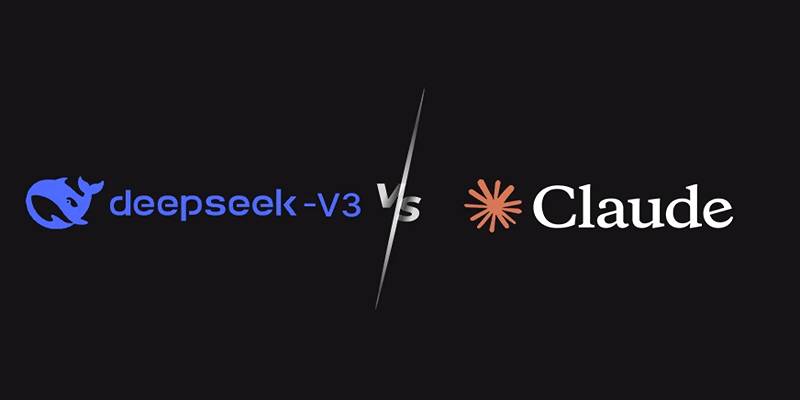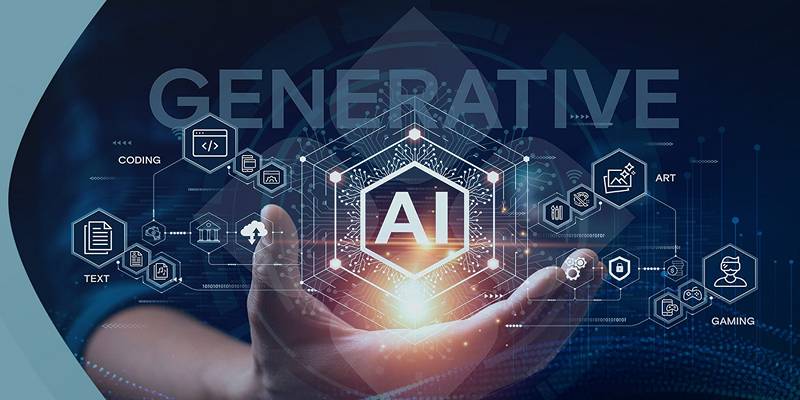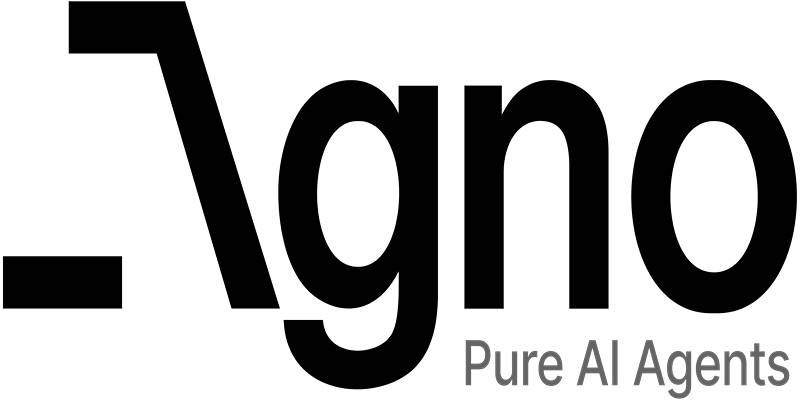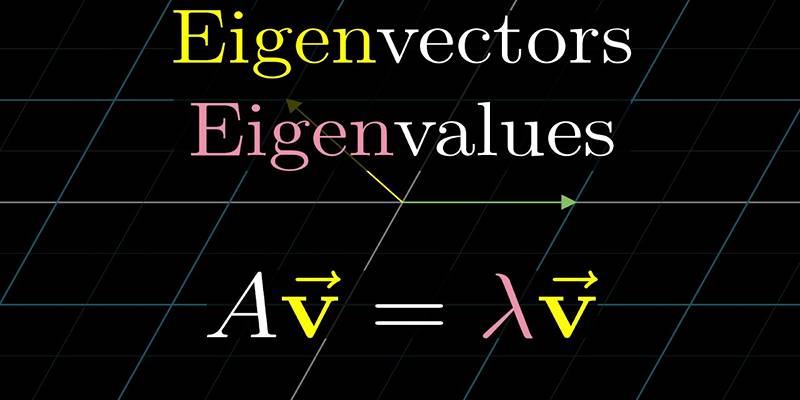The Agno Framework is a lightweight Python library specifically designed for the rapid development of multimodal agents. It supports various input and output types, allowing developers to create agents that can understand and respond to different kinds of data, such as text, audio, and images.
Unlike many bloated frameworks in the AI space, Agno focuses on simplicity and modularity. Each component functions independently, enabling developers to plug in only the modules they need without unnecessary dependencies or overhead. This framework was built with real-world usability in mind, catering to developers who want to integrate intelligent features into their applications without having to re-engineer their entire tech stack.
What Is the Agno Framework?
The Agno Framework is a lightweight Python library built to support the development of modular and multimodal AI agents. Unlike complex and heavyweight alternatives that require massive infrastructure or deep technical expertise, Agno provides a straightforward structure that enables fast prototyping and deployment.
At its core, Agno allows developers to build agents by connecting small, reusable components called nodes. Each node performs a specific task, and these nodes can be arranged in a graph to define the sequence and logic of operations. This modular approach ensures the system remains flexible and easy to maintain, no matter how complex the application becomes.
Why Multimodal Agents Are the Future of AI
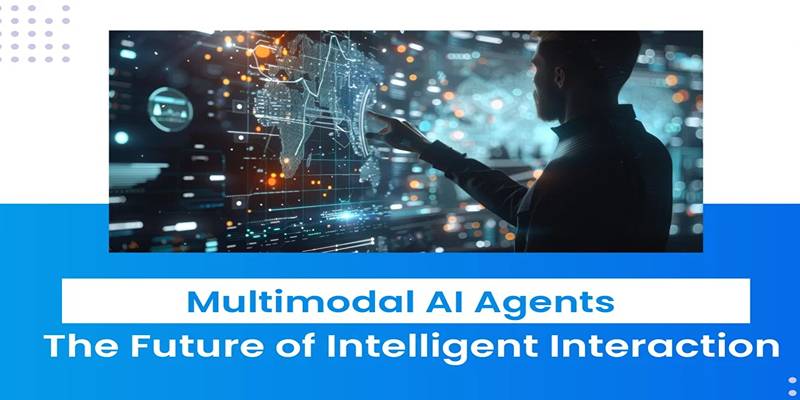
Multimodal agents represent the next step in AI’s evolution. Instead of relying on just text or voice, these systems can take input from various sources—an image, a spoken sentence, or a document—and combine them to generate accurate and nuanced responses. This capability allows them to perform tasks that would be impossible for single-modality systems.
Some real-world use cases include:
- Voice assistants that understand spoken instructions and visual cues.
- AI customer support systems that process screenshots, text chats, and emails.
- Educational platforms that combine videos, spoken feedback, and interactive documents.
- Medical tools that analyze scans, patient history, and verbal consultations.
By enabling all these capabilities within a single unified structure, Agno simplifies how developers bring multimodal intelligence into practical applications.
Core Building Blocks of the Agno Framework
Agno’s architecture is based on three simple but powerful concepts: nodes, graphs, and context.
Nodes
A node is a self-contained module that carries out a specific function. For example:
- A node that uses a speech-to-text API to convert audio into text.
- A node that calls an LLM (large language model) to answer a question.
- A node that captions an image or summarizes a document.
These nodes are small and focused, which allows for easy testing, updating, and reuse. There is always a clear input and output, which makes it easy to understand how data flows through each part of the agent.
Graph
The graph connects nodes and defines the workflow for processing data. Think of it as the blueprint or map that the agent follows.
For instance, a basic graph might look like this:
- Audio input → Speech-to-text node → Language model node → Response
Developers can expand this graph by adding nodes for more complex tasks such as image analysis, data filtering, or formatting. This graph-based structure ensures full customization while maintaining clarity in system logic.
Context
Agno passes information between nodes using a context dictionary. This shared storage ensures that data is transferred seamlessly without needing complex code to manage it. The context acts as a central container where input and output values are stored and accessed across all nodes.
Key Advantages of the Agno Framework
The Agno Framework offers numerous benefits that make it an ideal tool for developers building multimodal systems.
Lightweight and Fast
Agno avoids the bulk and complexity of larger frameworks, making it perfect for teams or individuals working on limited resources. Its minimal footprint also speeds up testing and iteration.
Highly Modular
Developers can build their agents one node at a time. Each component can be independently modified, tested, or replaced without affecting the rest of the system.
Supports Multimodal Inputs
Agno enables the combination of multiple data types, such as text, audio, and images. It opens the door to creating rich, interactive, and context-aware AI applications.
Compatible with Other Tools
Agno integrates well with many popular AI libraries and APIs, including OpenAI models, Hugging Face transformers, image analysis tools, and voice recognition services.
Community and Open Source
As an open-source project, Agno benefits from ongoing community support and improvements. Developers are free to contribute, extend, and customize the framework as needed.
Example Use Cases of Agno in Practice
Smart Assistants
Using Agno, a developer can create an assistant that listens to voice commands, processes them through a speech-to-text node, and generates natural replies using a language model node.
AI Tutors
A multimodal tutor built on Agno can review documents, analyze images (like homework scans), and even offer spoken explanations using text-to-speech nodes.
Visual Q&A Systems
An agent can accept an image, generate a description, and then answer a user’s question about that image by connecting vision and language nodes.
These examples highlight the flexibility and real-world utility of the Agno Framework.
Things to Keep in Mind

While Agno is powerful and easy to use, there are a few considerations:
- It is still relatively new, so documentation may not cover every edge case.
- Users should be comfortable working in Python.
- Integration of advanced models may require some manual setup or API keys.
However, for most developers, these are minor trade-offs compared to the speed and clarity Agno brings to multimodal agent development.
Conclusion
The future of AI lies in systems that can understand and respond to multiple forms of input—and the Agno Framework provides the perfect foundation to build these systems. Its modular, lightweight architecture and intuitive design make it an excellent tool for building smart, scalable, and multimodal AI agents. From solo developers exploring new ideas to companies looking to launch intelligent applications, Agno is an accessible and practical choice. Its simplicity does not compromise power—it enhances it.


